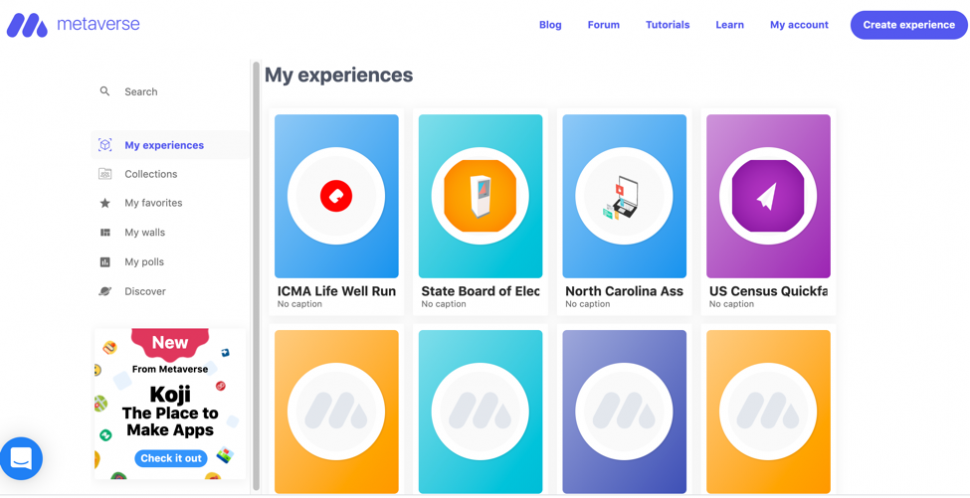Augmented Reality with Metaverse: AR-App for Educators
Augmented reality (AR) offers a new way of seeing and interacting with the learner’s natural environment. Augmented reality describes the addition of a computer assisted contextual layer of information to the physical world, thereby creating an enhanced experience. One common application is the visualization of large datasets. Instead of exploring and manipulating the data via a computer interface, learners can control and interact in a real space, by moving material with their finger, hand, arm, or body.
Augmented reality used to require specialized equipment, none of which was widely accessible or easily portable. Today’s applications and mobile devices allow digital information to be overlaid anywhere, anytime, at low cost. This opens the door for creative educational scenarios.

Metaverse is an augmented reality platform and app that is free of charge for personal use. Educators can use a paid account to create a dedicated channel for their students. Try it out at https://studio.gometa.io/.
Each ‘experience’ has an auto-generated QR code. In the Metaverse studio portal, users can select and combine different AR frames, and create a series of activities per drag-and-drop. To explore the different features, I highly recommend watching the video tutorials.
The QR-code displays an overlay with an animation, video, website, poll or photo wall once a user approaches it with a personal mobile device that is equipped with the Metaverse App.
My favorite aspect about Metaverse is the transparency: Educators can share not only the QR code but also the link to the backend of the AR ‘experience’, so students can learn how it was developed, copy the experience and create their own version. Thereby, metaverse offers an opportunity for students to get involved in the creation and updating of educational content.
